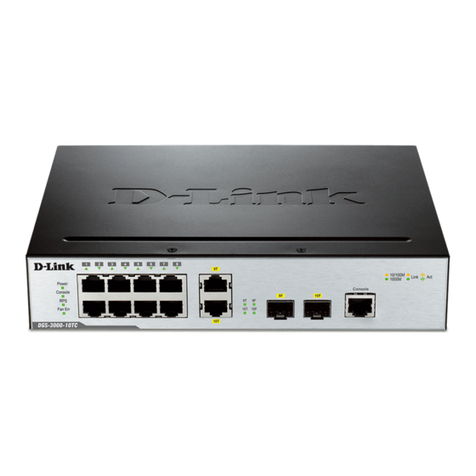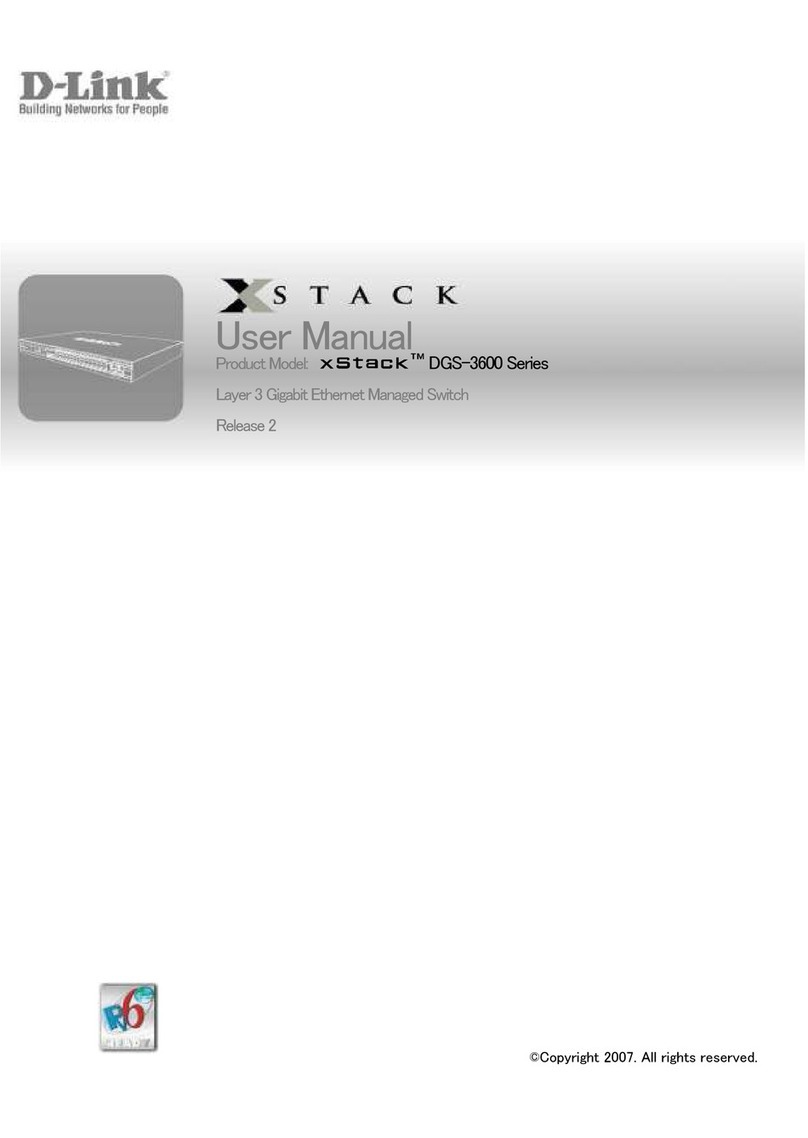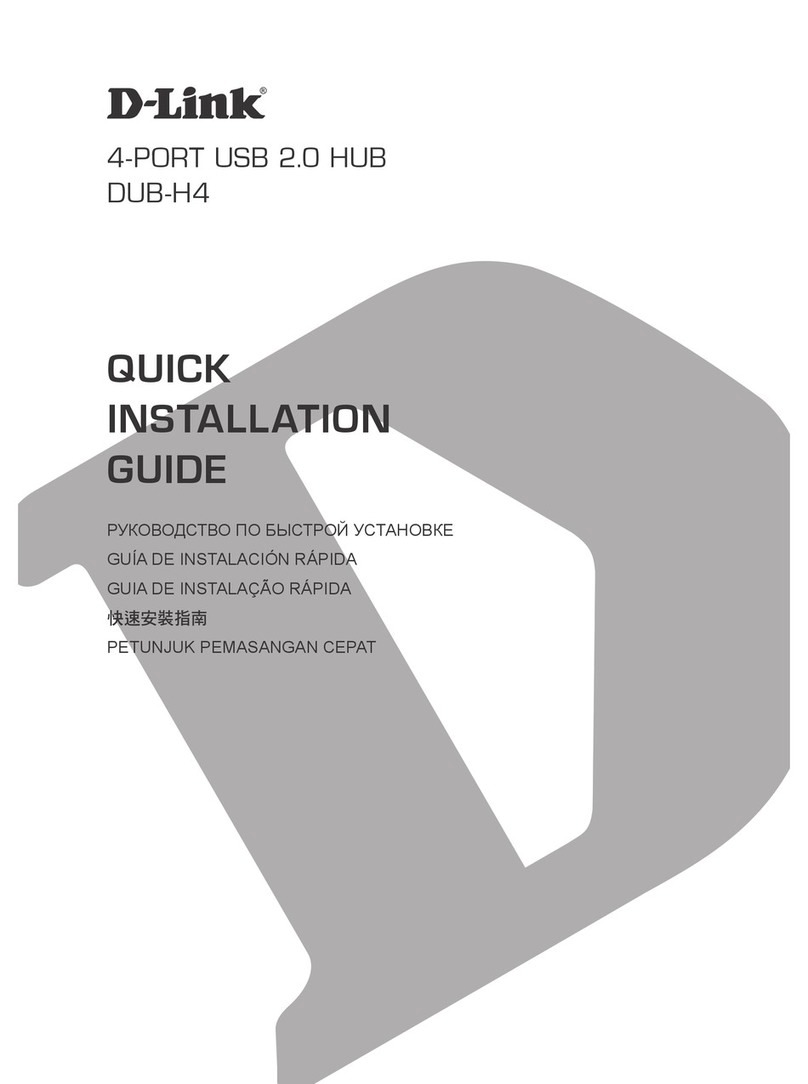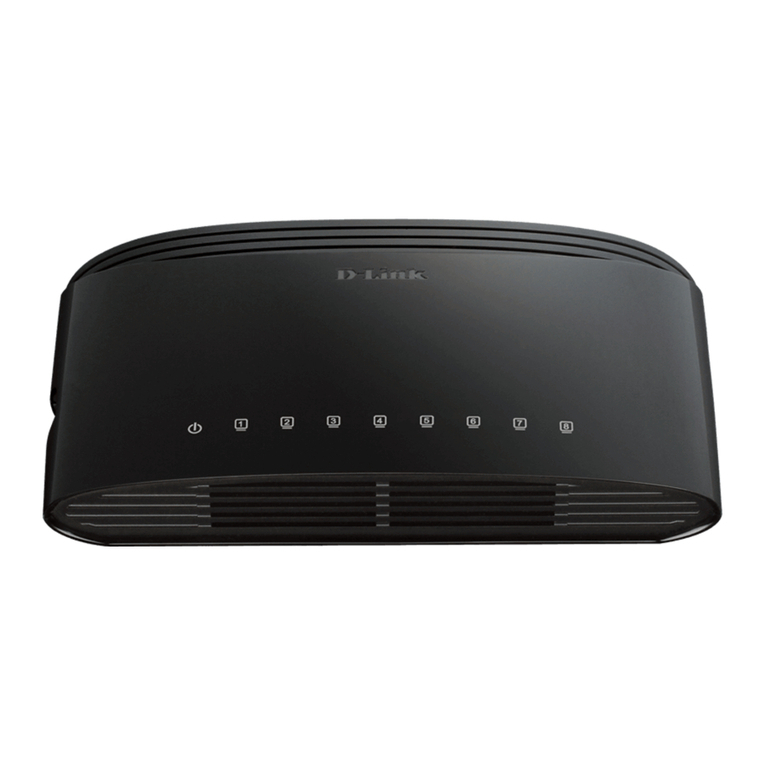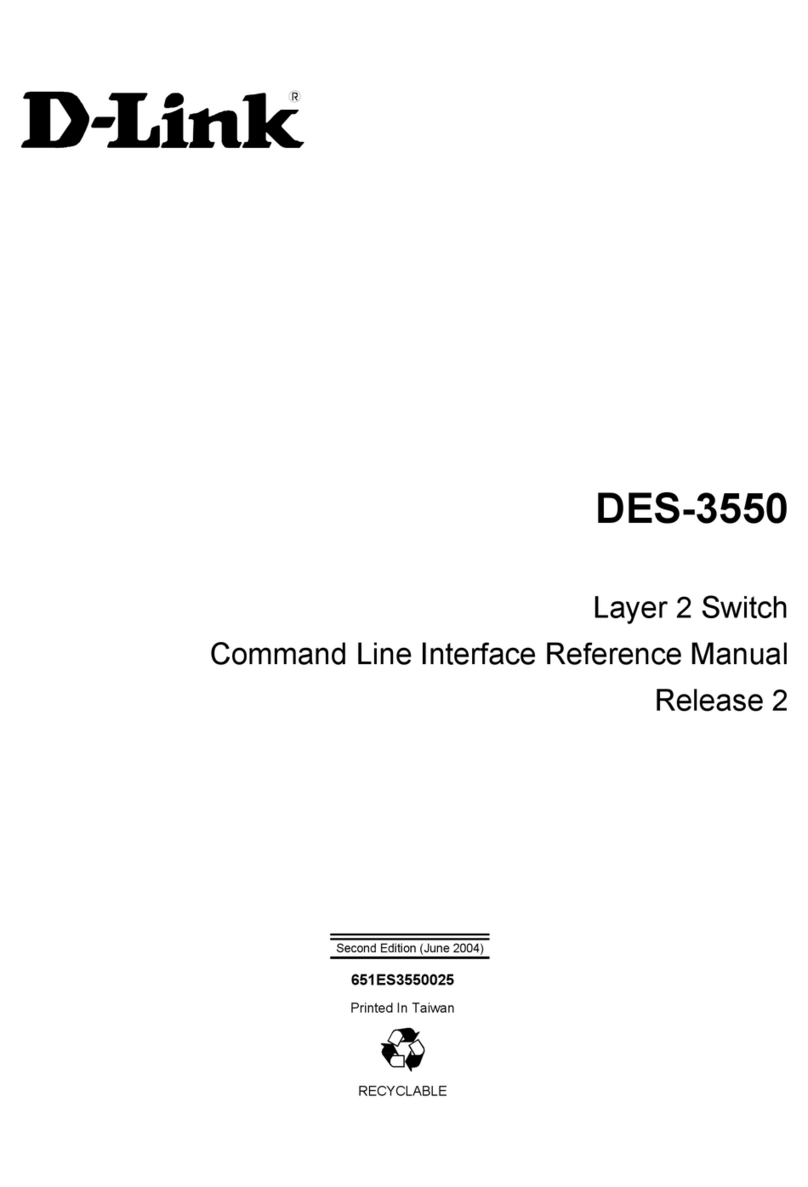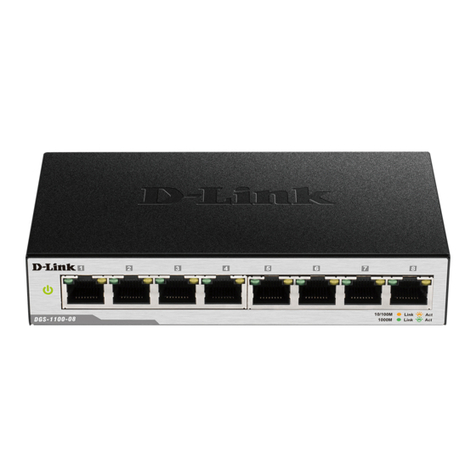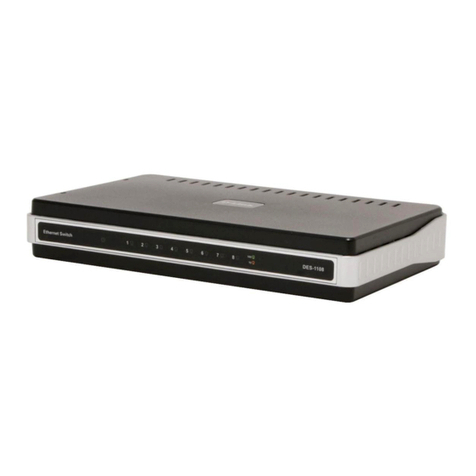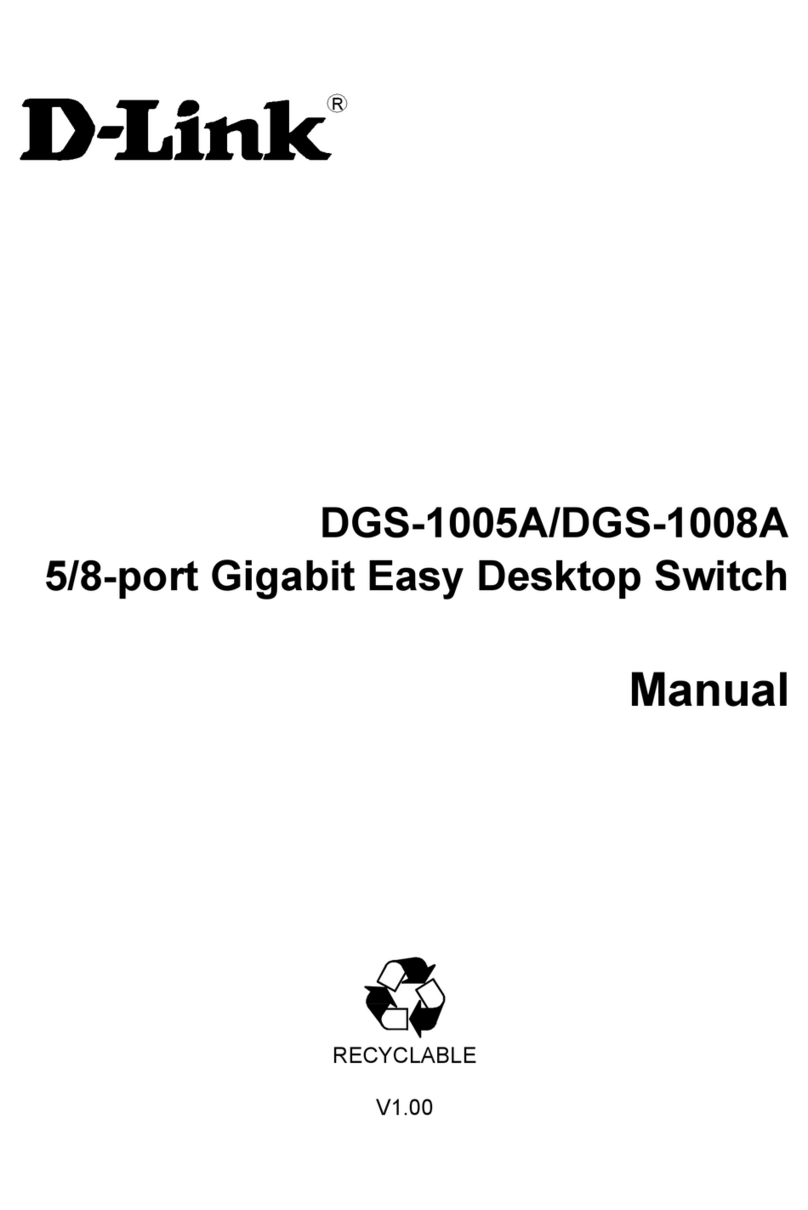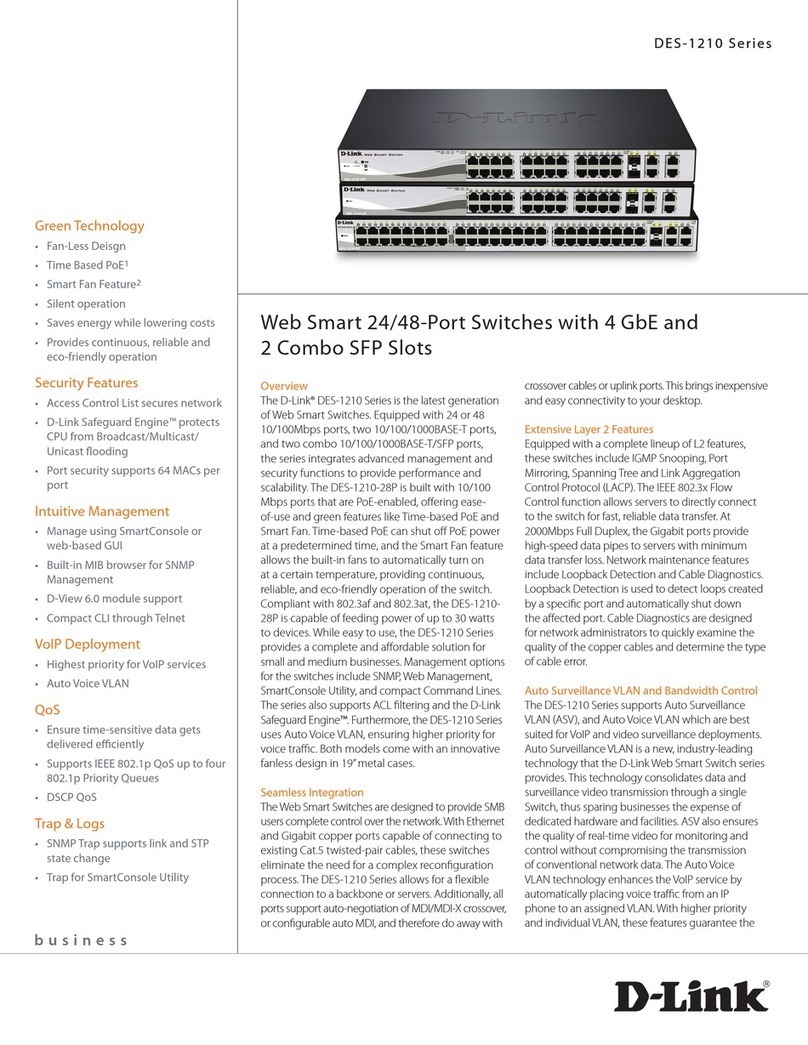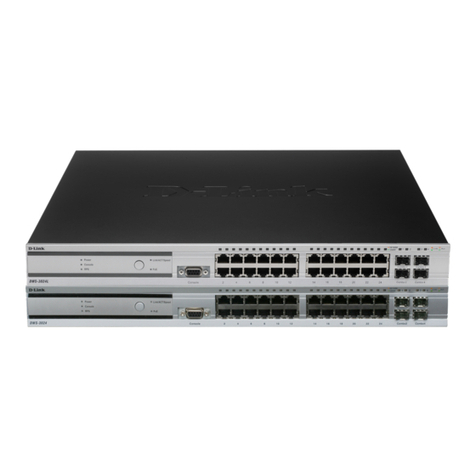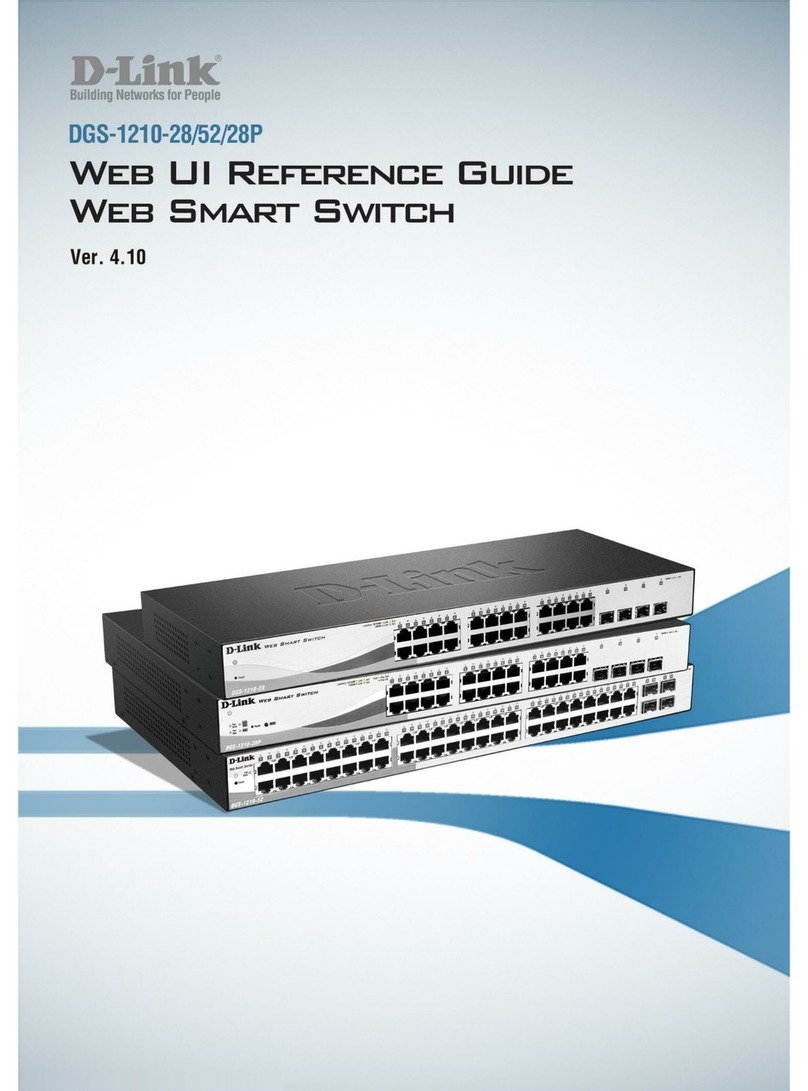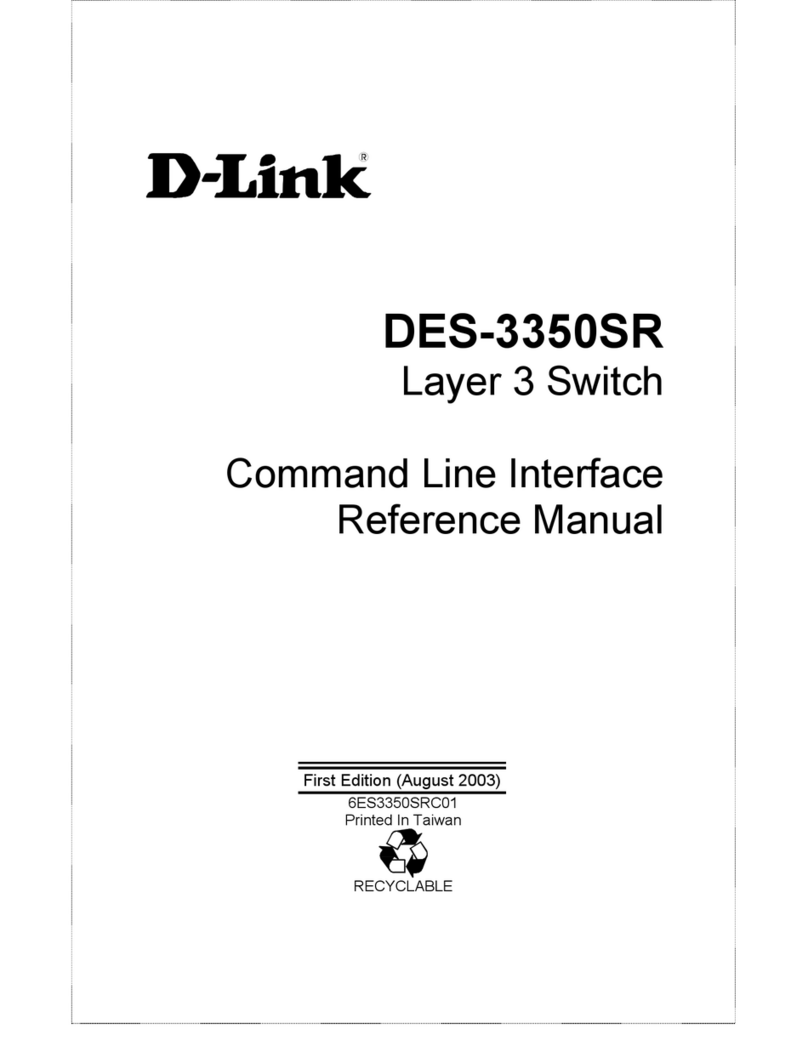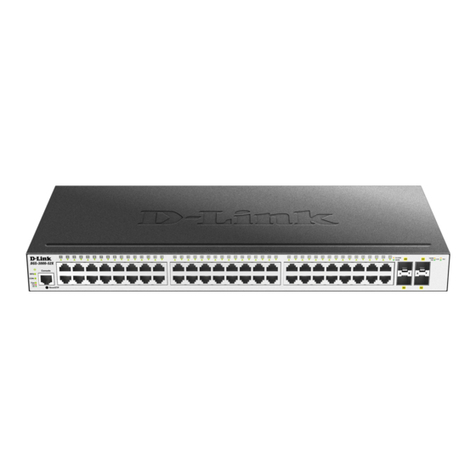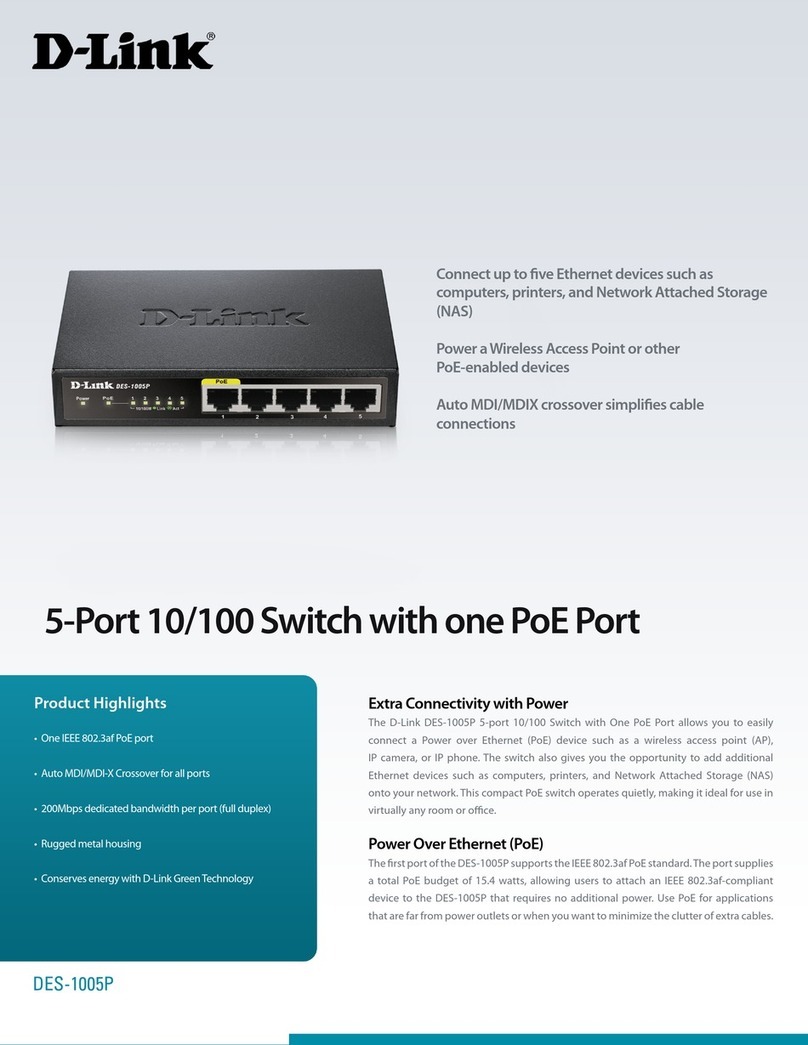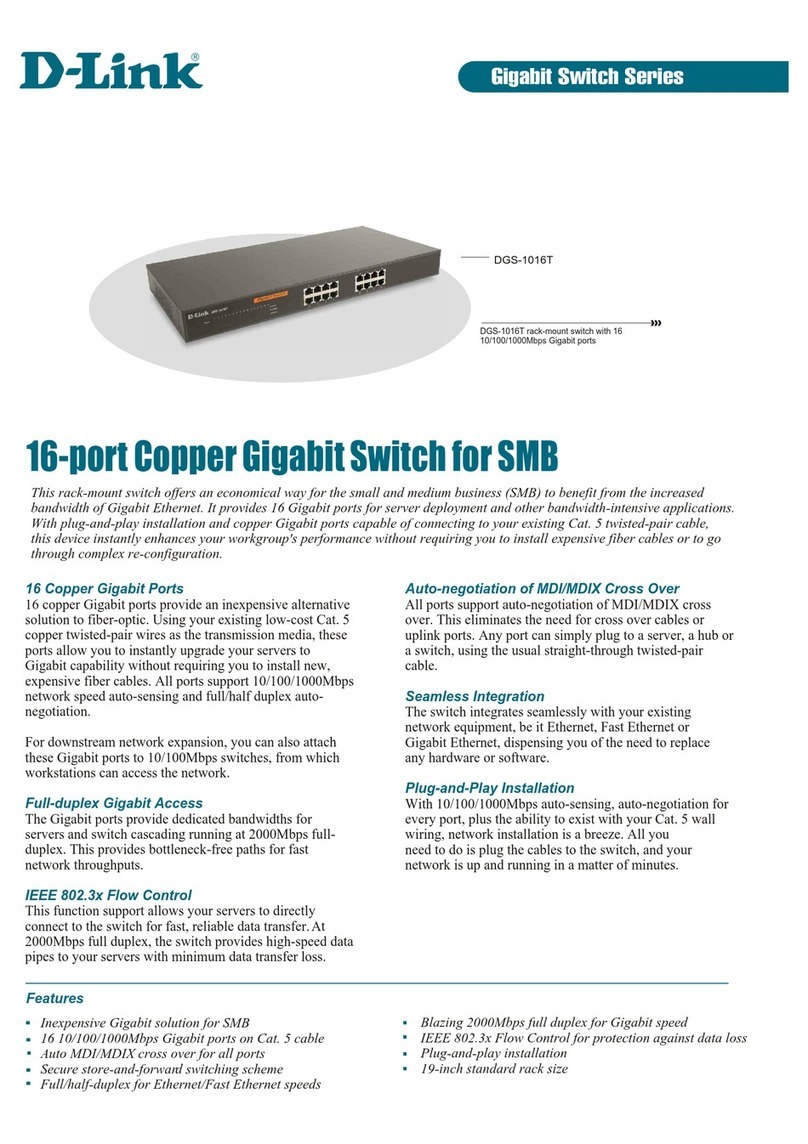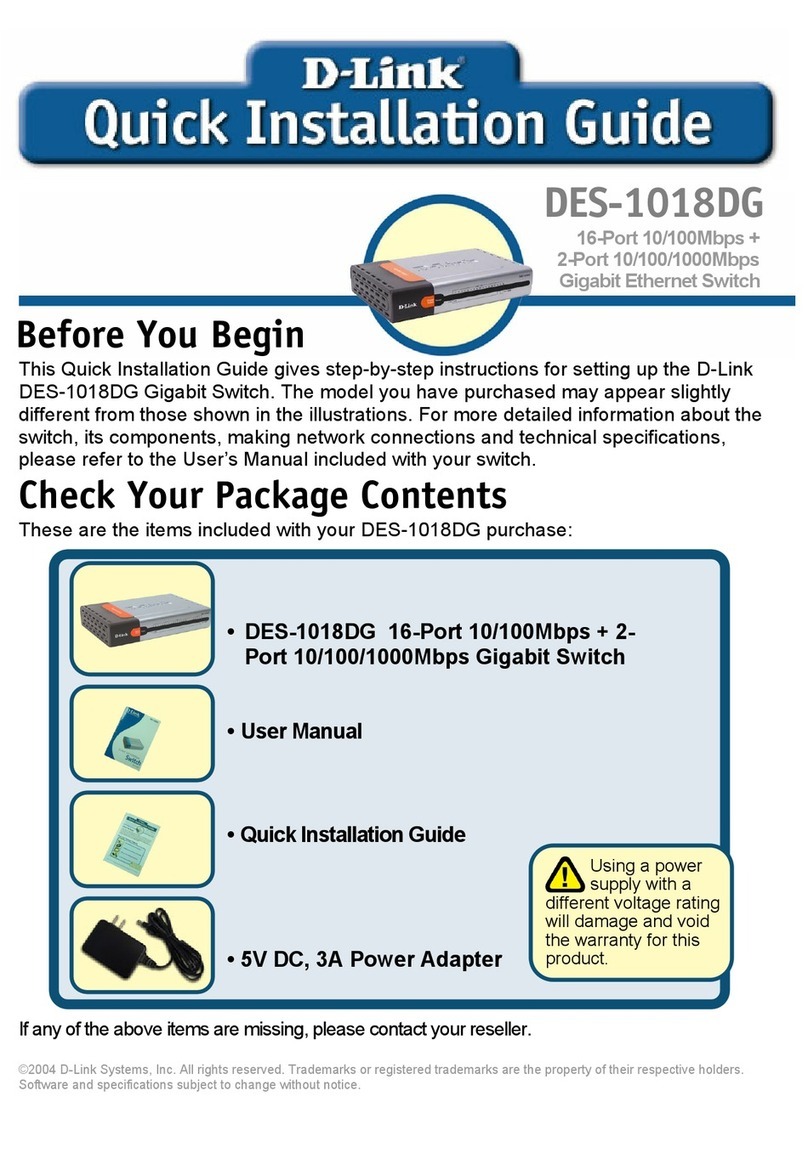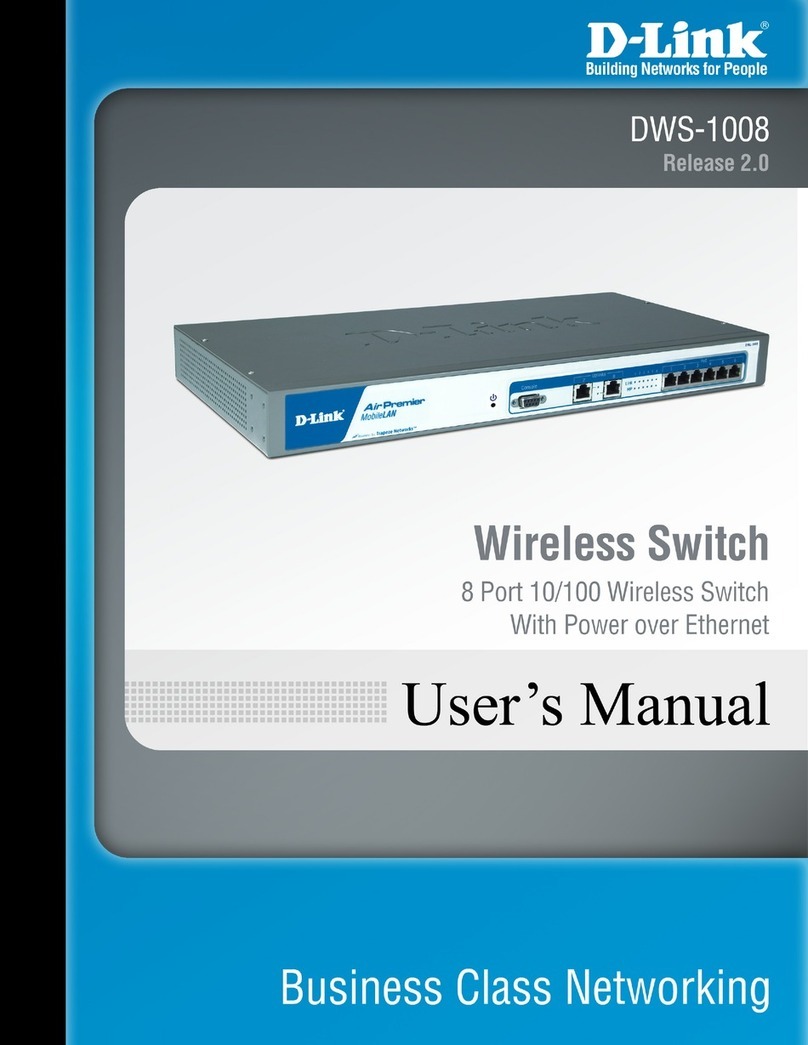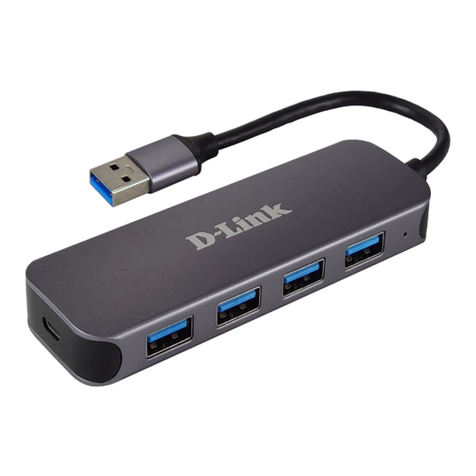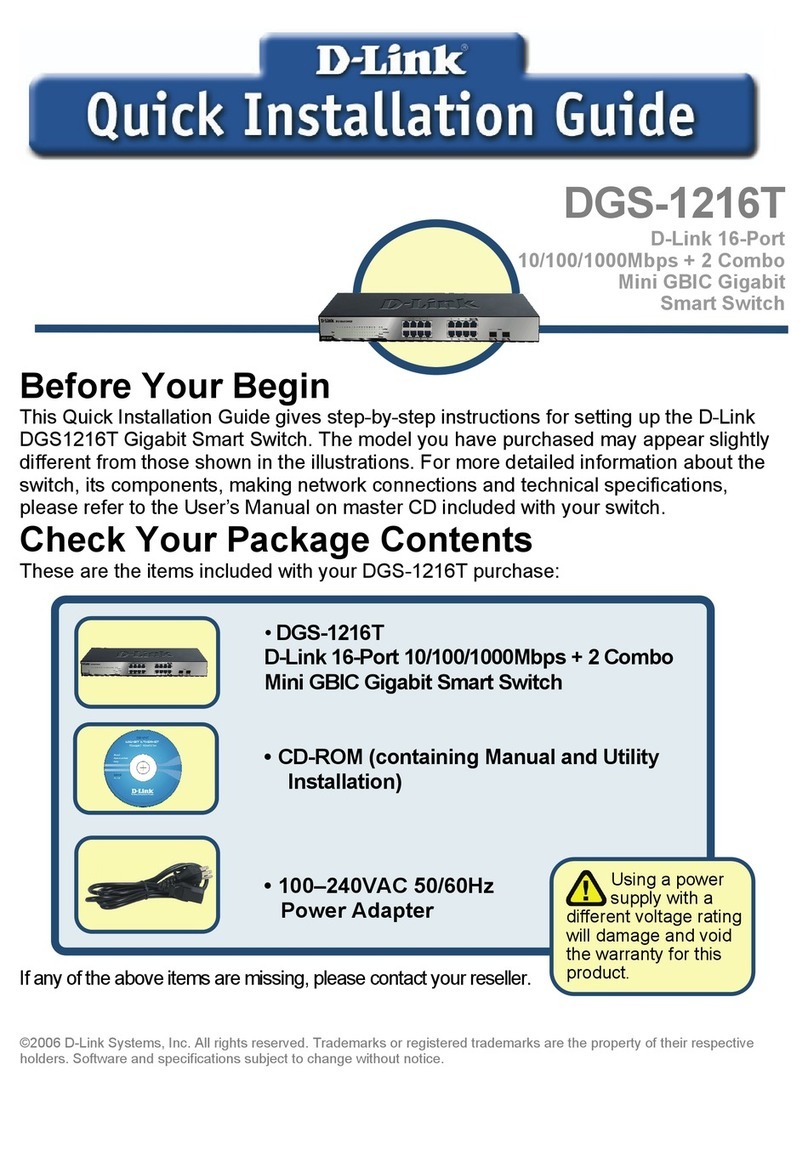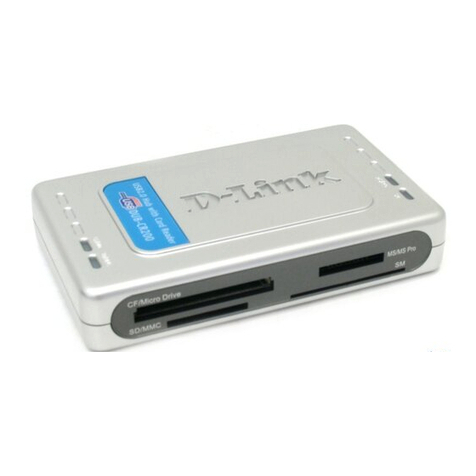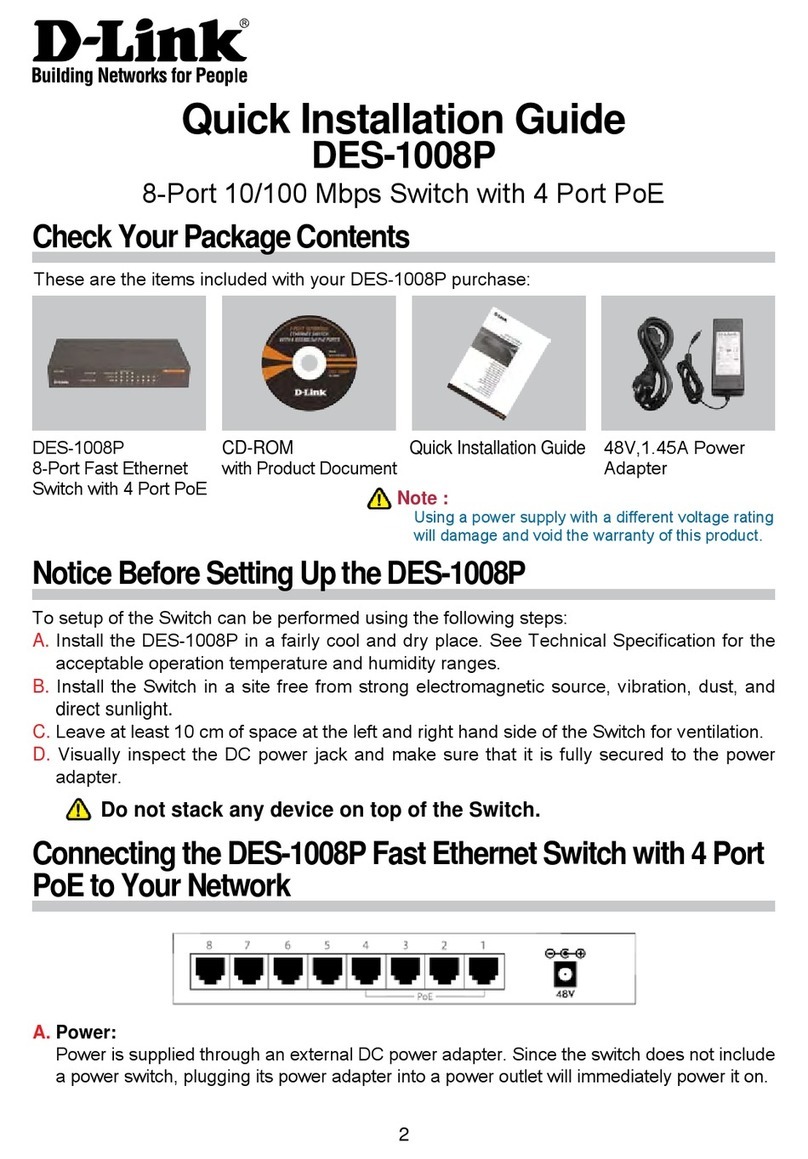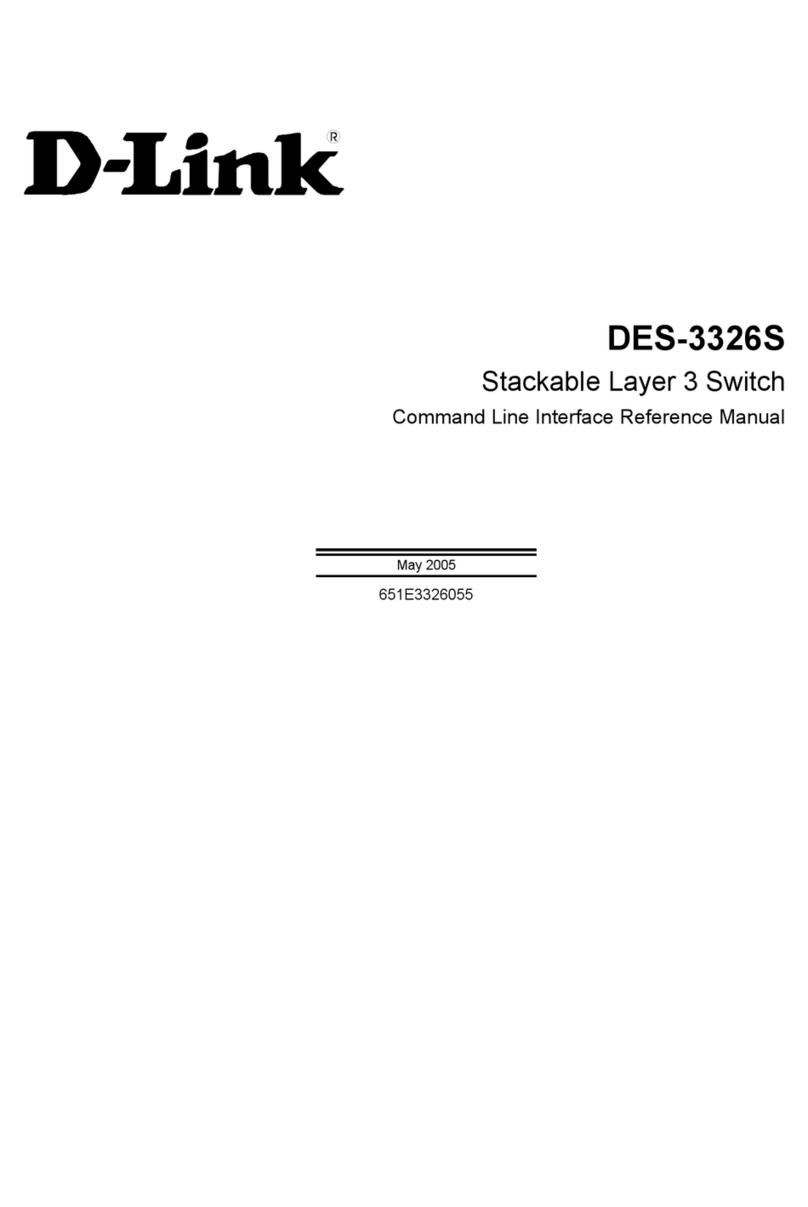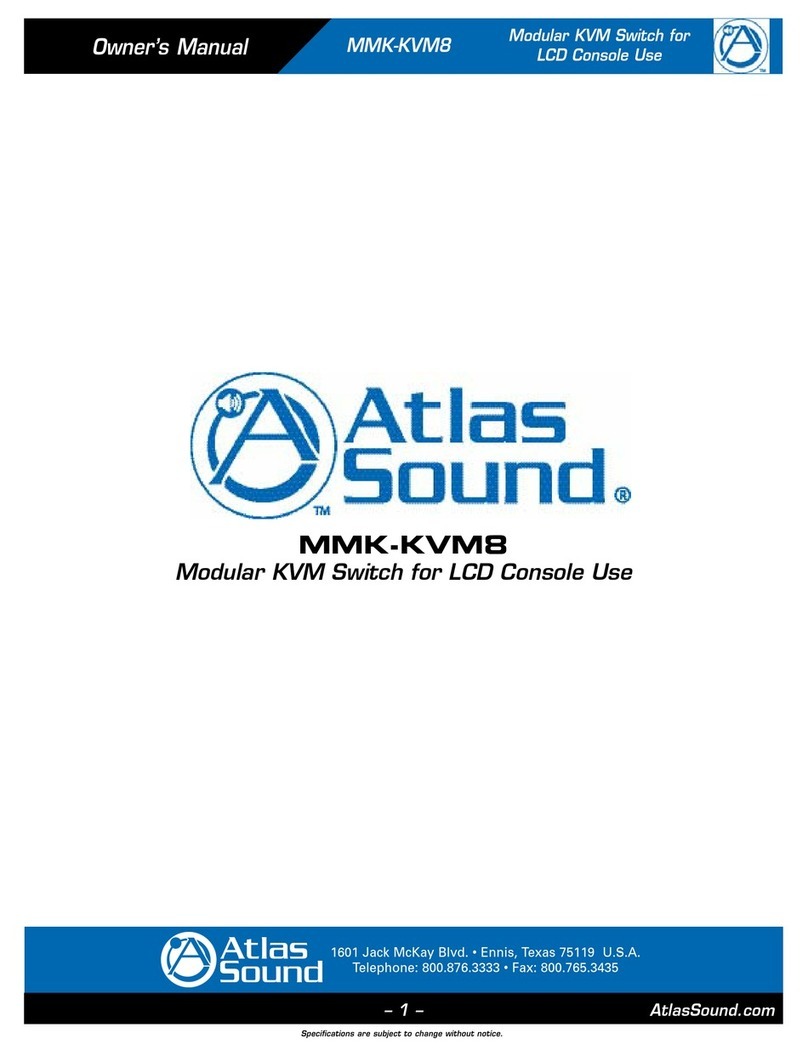
Preface
DXS-3250/DXS-3227P/DXS-3227 User Guide Overview
Page 6
DXS-3250/DXS-3227P/DXS-3227 User Guide Overview
This user guide is divided into the following sections to provide concise information for installing, configuring, and
managing the device:
•Using the Installation Guide
•Using the Embedded Web Interface User Guide
Using the Installation Guide
This section provides an overview of the D-Link DXS-3250/DXS-3227P/DXS-3227 Installation Guide, which
includes the following sections:
•Section 1. Device Description — Provides a system description including the hardware components.
•Section 2. Mounting Device — Provides step-by-step instructions for installing the device.
•Section 3. Starting and Configuring the Device — Provides step-by-step instructions for the initial device
configuration.
Using the Embedded Web Interface User Guide
This section provides an overview to the D-Link Web System Interface User Guide. The D-Link Web System Inter-
face User Guide provides the following sections:
•Section 4. Getting Started — Provides information about using the EWS, including The D-Link Embedded
Web Interface interface, management, and information buttons, as well as information about adding, modify-
ing, and deleting device information.
•Section 5. Managing Stacking — Provides information for managing stacked devices, includuing informa-
tion for understanding the stacking topologies, assigning stacking IDs, and replacing and removing stacking
members.
•Section 6. Managing Device Information — Provides information about opening the device zoom view,
defining general system information, and enabling Jumbo frames.
•Section 7. Managing Power over Ethernet Devices — Provides information about configuring and manag-
ing PoE devices.
•Section 8. Configuring Device Security — Provides information about configuring device security for man-
agement security, traffic control, and network security.
•Section 9. Configuring Ports — Provides information about configuring ports.
•Section 10. Aggregating Ports — Provides information about configuring Link Aggregated Groups and
LACP.
•Section 11. Configuring VLANs — Provides information about configuring and managing VLANs, including
information about GARP and GVRP, and defining VLAN groups.
•Section 12. Configuring IP Information — Provides information about defining device IP addresses, ARP,
and Domain Name Servers.
•Section 13. Defining the Forwarding Database — Provides information about configuring and managing
both static and dynamic MAC addresses.
•Section 14. Configuring Spanning Tree — Provides information about configuring Spanning Tree Protocol
and the Rapid Spanning Tree Protocol.
•Section 15. Configuring Multicast Forwarding — Provides information about Multicast Forwarding.
•Section 18. Configuring SNMP — Provides information about defining SNMP v1,v2c, and v3 management,
including SNMP filters and notifications.
•Section 13. Configuring Quality of Service — Provides information about configuring Quality of Service on
the device.
